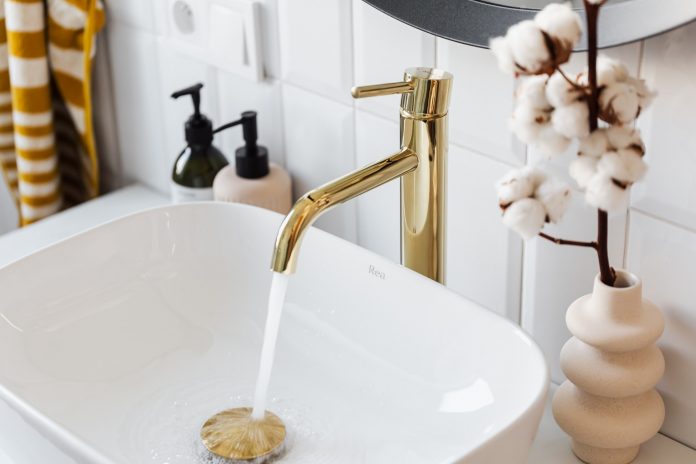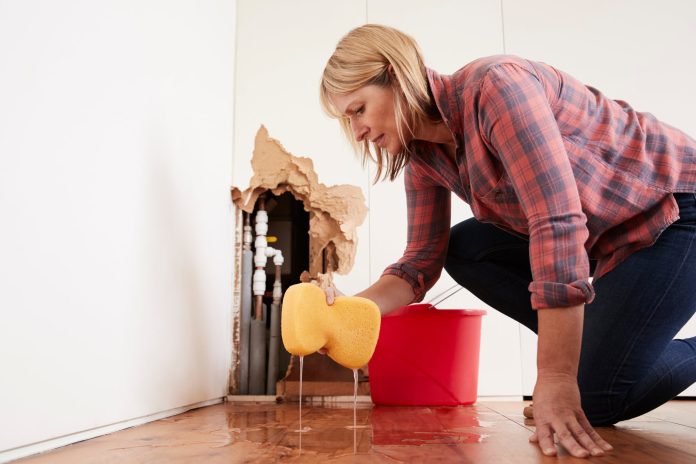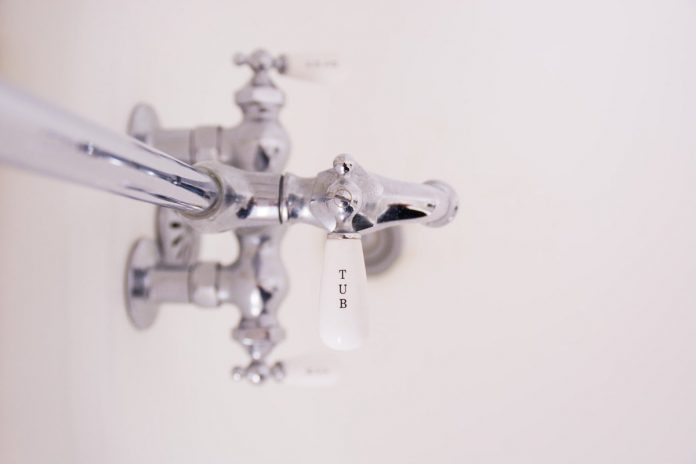Can You Tell if You Need to Replace The Home Plumbing System?
A slow-draining kitchen sink might be a symptom of much bigger plumbing issues. Poor drain performance is just one sign that repiping a house is necessary. Homeowners and plumbers alike should be aware of the major red flags indicating that they need to replace the home plumbing system.
Red Flags of Major Plumbing Issues
A whole house plumbing replacement is a major undertaking, but identifying red flags early on can simplify the process. Homeowners should never ignore irregular plumbing performance or water quality issues. These are often crucial signs that something needs maintenance.
Slow Drains
One common red flag is a slow drain. Homeowners are likely to overlook this symptom for weeks or months at a time. After all, the drain is still working, right? Not necessarily. A slow drain indicates something is inhibiting proper water flow in the plumbing system.
While slow drains don’t always call for repiping a house, they can be early warning signs of larger issues. Sometimes a slow drain is due to something small, like clogging from hair or debris. However, the longer it is left untreated, the more damage it can cause, potentially leading to a serious plumbing failure.
Inconsistent or Low Water Pressure
Plumbing pros know water pressure is a core indicator of any building’s plumbing health. Everyone should take note when they notice inconsistent or lower-than-average water pressure. It can indicate a few issues, such as clogging, corrosion or pressure regulator failure.
Poor water pressure throughout a building is particularly concerning since it may be a sign of a supply line leak or water main malfunction. These maintenance issues may be serious enough to warrant a whole-house plumbing replacement, depending on the condition of the piping and mechanicals.
Lawn Health
Homeowners may be surprised to hear that their yard can indicate possible plumbing problems, including issues that may require repiping a house. Sewer lines run under homeowners’ lawns, connecting their house to the city water system. When the sewer line has a maintenance issue, it can change the grass color or create new dips in the yard.
Repair crews will need to at least partially dig up the sewer line to inspect and repair it. Buried plumbing repairs usually require equipment that can efficiently dig long, narrow trenches, such as a small trencher. This type of digger will cause less damage to the yard than a full-size excavator and get the job done more effectively.
Corrosion or severe aging are among the more serious potential problems with sewer line pipes. Repiping the house may be the only option if these issues are advanced enough, especially if the piping inside the house has also aged significantly.
Visible Water Damage
It’s always a bad sign when walls, floors or ceilings have visible stain marks from water damage. These don’t just look bad — they are also a major red flag that repiping a house may be in order. Visible water damage is one of the most common symptoms of a serious leak in an otherwise hidden part of the plumbing system.
Water damage can lead to a chain reaction of issues that may require whole-house plumbing replacement in serious cases. For example, a leak that leaves visible water damage often causes mold growth, which poses a major health hazard. The longer it is allowed to spread, the more structural damage it will cause to the house and pipes.
Additionally, the root cause of the leak itself can indicate even deeper maintenance concerns. For instance, a leak may form because the pipes are corroding, which calls for repiping. When it has advanced enough to create visible water damage, the pipes are most likely not salvageable.
Discoloration and Odd Smells
Always pay attention to oddly colored water or noticeable odors around plumbing fixtures, particularly drains. Of course, it’s normal for bacteria to create mild smells around pipes occasionally. However, if a strong, nauseous smell is lingering for an extended period, it’s definitely time to check the pipes.
A persistent odor from drains is often an indicator of severe blockage somewhere in the system. In severe cases, it can also indicate a broken pipe, which may require large-scale plumbing replacement.
Likewise, discolored water is commonly a sign of corrosion, which also requires repiping. It may be a contained issue if only one faucet has discolored water. However, if the discoloration is appearing in numerous faucets, whole-house repiping may be necessary.

Whole House Plumbing Replacement Process
When a plumber or homeowner discovers their property needs a whole house plumbing replacement, the first step is diagnosing the problem. After that, the process usually follows a few general steps.
Consultation
The repiping process begins with a consultation. Homeowners need to make sure they bring in a professional, experienced plumbing expert for this task. The consultation usually involves analyzing the severity of the plumbing issue, determining what repairs are needed and calculating a price estimate.
Piping Replacement
The exact nature of the repiping process will vary depending on the root cause and damage. For instance, some houses may need digging to replace sewer line pipes, while others will not. If the building needs a whole house plumbing replacement, the process may require opening up walls and floors to access concealed pipes.
The full pipe replacement process can take as little as a week. Larger houses will necessarily take longer, though, potentially multiple months from start to finish. Homeowners can consult multiple plumbing and repair providers to get different time estimates, but it’s important to allow a bit of extra time, regardless.
Completion and Monitoring
Once the full pipe replacement is complete, the repair team will inspect everything to ensure there are no errors or issues. Afterward, the homeowner should closely monitor their plumbing system’s performance in case anything needs tuned up.
Homeowners can prevent further plumbing issues by using a few easy preventative maintenance tactics that will keep the new pipes in good working order.
Monitoring a Home For Repiping Needs
Several red flags may signal a need for repiping in a house. Maintenance issues like discolored water, smelly drains, slow drains, unusual lawn health and poor water pressure can all hint at major plumbing malfunctions. While the damage might require to replace the home plumbing system, the repiping process is straightforward and may only take a few days.








